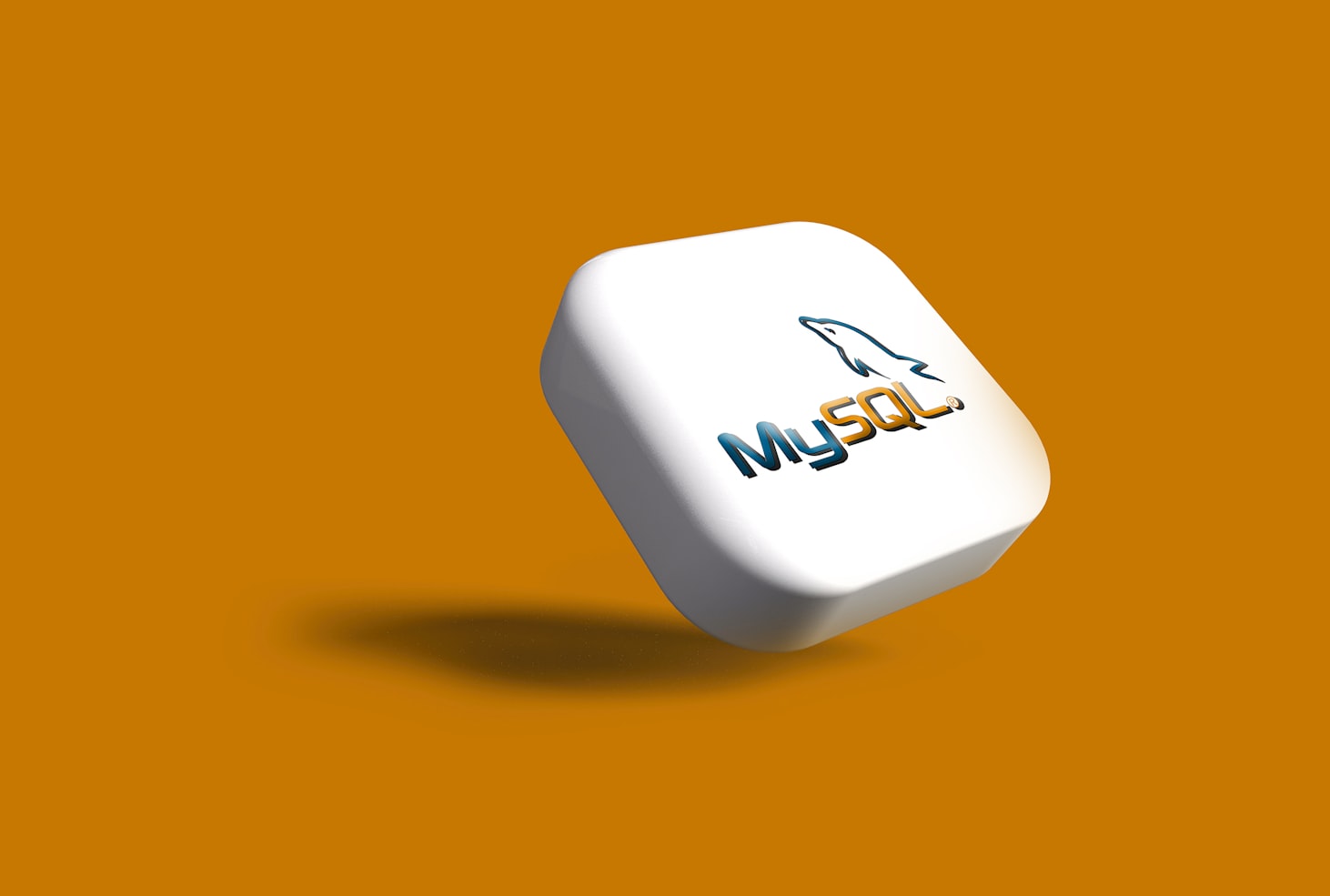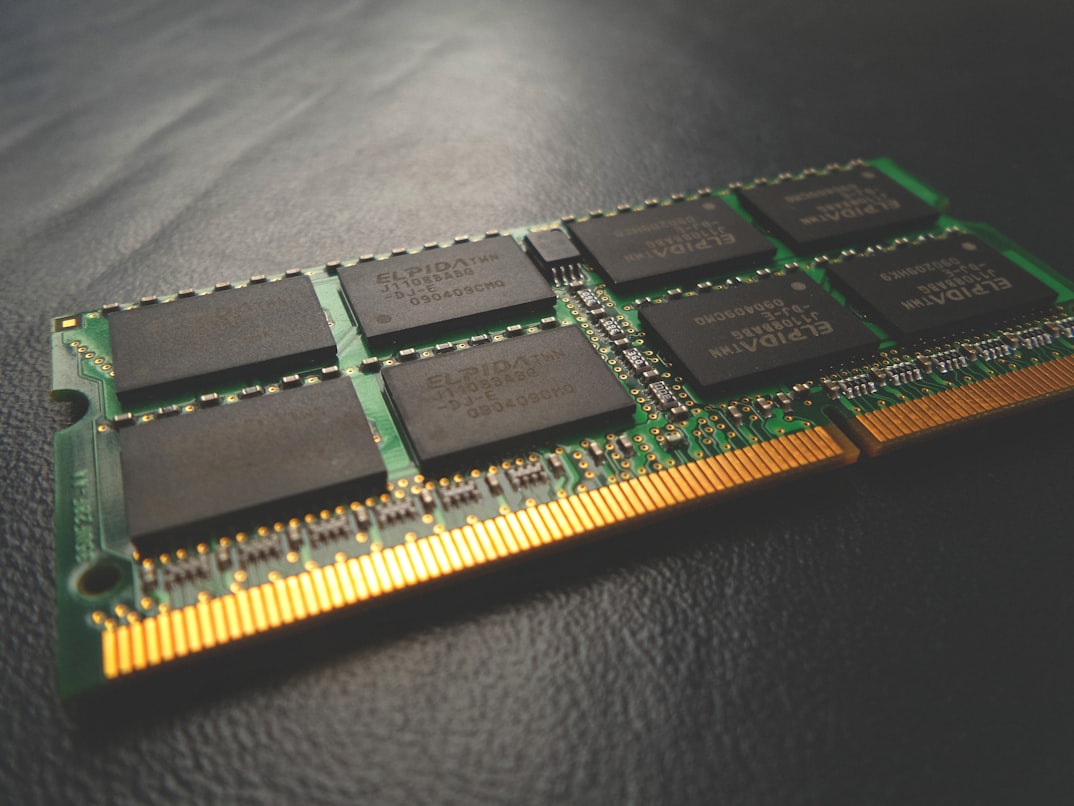Top 10 Real-World Applications of Stacks: From Web Browsers to Artificial Intelligence

“Stacks are a fundamental data structure in computer science that have many real-world applications. From web browsers to operating systems, compilers to artificial intelligence, stacks are used to keep track of data in a specific order, making it a powerful tool to solve many problems.
#1 “Web Browsers: How Stacks are used to Implement the Back Button”
Web browsers use stacks to keep track of the pages that a user has visited, allowing them to navigate backward through the pages they have been to by clicking the back button. This functionality is made possible by the use of a stack data structure that stores the URLs of the pages in the order they were visited.

Stack Implementation:
When a user clicks on a link to a new page, the URL of the new page is pushed onto the top of the stack. When the user clicks the back button, the top URL is popped off the stack, and the browser navigates to the URL that is now at the top of the stack. This continues until the user reaches the first page they visited.
Benefits of using stack:
Using a stack to implement the back button provides a simple and efficient way to keep track of the user’s browsing history. It also allows the browser to implement the “forward” button, which allows the user to navigate forward through their history by popping URLs off the bottom of the stack.
#2 “Operating Systems: How Stacks are used to Implement Process Scheduling”
Operating systems use stacks to keep track of the order in which processes are executed. This is known as process scheduling and it is an important aspect of operating system design.

Stack Implementation:
When a process is executed, its state is pushed onto the top of a stack. The operating system uses the stack to determine the order in which processes are executed, by choosing the process at the top of the stack to be executed next. When a process completes, its state is popped off the stack, and the next process in the stack is executed.
Benefits of using stack:
Using a stack to implement process scheduling provides a simple and efficient way to keep track of the order in which processes are executed. It also allows the operating system to easily implement pre-emptive scheduling, where a higher-priority process can be pushed onto the top of the stack and executed immediately, interrupting the execution of a lower-priority process.
#3 “Compilers: How Stacks are used to Implement Syntax Parsing”
Compilers use stacks to keep track of the structure of the program that is being compiled. This is known as syntax parsing and it is an important aspect of compiler design.

Stack Implementation:
When a compiler encounters an opening bracket or a keyword indicating the start of a new block of code, it pushes a new element onto the stack. As it encounters the corresponding closing bracket or keyword indicating the end of the block, it pops the element off the stack. If the stack is empty at the end of the compilation, it means that the program has a proper structure.
Benefits of using stack:
Using a stack to implement syntax parsing provides a simple and efficient way to keep track of the structure of the program. It also allows the compiler to easily detect and report any syntax errors in the program, such as unbalanced brackets. Additionally, it helps the compiler to understand the program flow and which block of code is associated with which.
#4 “Data Structures: How Stacks are used to Implement Recursive Algorithms”
Recursive algorithms use stacks to keep track of the function calls and return addresses. This is an important aspect of data structure design and it is used in many programming languages.
Stack Implementation:
When a recursive function is called, its current state including the parameters and return address is pushed onto the stack. As the function completes, the state is popped off the stack, and the function returns to its previous state.
Benefits of using stack:
Using a stack to implement recursive algorithms provides a simple and efficient way to keep track of the function calls and return addresses. It also allows the recursive function to return to the correct state and continue execution. Additionally, it helps the algorithm to keep track of the progress and not to get lost in the recursion.
#5 “Artificial Intelligence: How Stacks are used to Implement Search Algorithms”
Search algorithms in artificial intelligence use stacks to keep track of the nodes to be searched. This is an important aspect of AI design and it is used in many AI applications.
Stack Implementation:
When the search algorithm starts, it pushes the starting node onto the stack. As it encounters new nodes to be searched, they are pushed onto the stack. When the algorithm pops a node off the stack, it is searched and if it is the goal node, the search is complete.
Benefits of using stack:
Using a stack to implement search algorithms provides a simple and efficient way to keep track of the nodes to be searched. It also allows the search algorithm to easily implement a depth-first search, where the algorithm explores as far as possible along each branch before backtracking. Additionally, it helps the algorithm to keep track of the progress and not to get lost in the search.
#6 “Networking: How Stacks are used to Implement the TCP/IP Protocol”
The Transmission Control Protocol/Internet Protocol (TCP/IP) is a set of networking protocols that are used to connect devices on a network. TCP/IP uses stacks to keep track of the communication between devices.
Stack Implementation:
TCP/IP uses stacks at both the sender and receiver sides to keep track of the communication. On the sender side, the data is divided into small packets and pushed onto the stack. At the receiver side, the packets are popped off the stack and reassembled to form the original data.
Benefits of using stack:
Using a stack to implement the TCP/IP protocol provides a simple and efficient way to keep track of the communication between devices. It also allows the protocol to handle large amounts of data by dividing it into small packets and sending them separately. Additionally, it helps the protocol detect and handle any errors that may occur during communication.
#7 “Programming Languages: How Stacks are used to Implement Function Calls”
Many programming languages use stacks to keep track of the function calls. This is an important aspect of programming language design and it is used in many programming languages.
Stack Implementation:
When a function is called, its current state including the parameters and the return address is pushed onto the stack. As the function completes, the state is popped off the stack, and the function returns to its previous state.
Benefits of using stack:
Using a stack to implement function calls provides a simple and efficient way to keep track of the function calls and return addresses. It also allows the function to return to the correct state and continue execution. Additionally, it helps the program to keep track of the progress and not to get lost in the function calls.
#8 “Databases: How Stacks are used to Implement Transactions”
Databases use stacks to keep track of the changes made to the data in a specific order. This is known as transactions and it is an important aspect of database design.
Stack Implementation:
When a change is made to the data, it is pushed onto the stack. The database uses the stack to keep track of the order in which the changes were made so that the changes can be undone or redone in the same order.
Benefits of using stack:
Using a stack to implement transactions provides a simple and efficient way to keep track of the changes made to the data. It also allows the database to easily implement undo and redo functionality, where changes can be popped off the stack and undone or pushed back onto the stack and redone. Additionally, it helps the database to maintain the consistency of data and rollback in case of any errors.
#9 “Computer Graphics: How Stacks are used to Implement 3D Rendering”
Computer graphics use stacks to keep track of the transformations applied to 3D objects. This is known as 3D rendering and it is an important aspect of computer graphics design.

Stack Implementation:
When a transformation is applied to a 3D object, it is pushed onto the stack. The computer graphics use the stack to keep track of the order in which the transformations were applied so that the object can be rendered correctly.
Benefits of using stack:
Using a stack to implement 3D rendering provides a simple and efficient way to keep track of the transformations applied to 3D objects. It also allows the 3D rendering process to easily apply multiple transformations to an object, such as translation, rotation, and scaling, without affecting the previous transformations. Additionally, it helps the 3D rendering process to maintain the correct order of transformations and render the object correctly.
#10 “Computer Architecture: How Stacks are used to Implement Memory Management”
Computer architecture uses stacks to keep track of memory allocation and deallocation. This is known as memory management and it is an important aspect of computer architecture design.
Stack Implementation:
When a block of memory is allocated, it is pushed onto the stack. The computer architecture uses the stack to keep track of the order in which the memory blocks were allocated so that they can be deallocated in the reverse order.
Benefits of using stack:
Using a stack to implement memory management provides a simple and efficient way to keep track of memory allocation and deallocation. It also allows the computer architecture to easily implement a Last-In-First-Out (LIFO) memory management strategy, where the most recently allocated block of memory is deallocated first. Additionally, it helps the computer architecture avoid memory leaks and maintain the stability of the system.
In conclusion, stacks are powerful data structures that have many real-world applications, and understanding their implementation and usage is crucial for computer scientists, software developers, and IT professionals.
This article provides an overview of the top 10 places where stacks have been used and the problems they have solved, and it could be a valuable resource for those who want to deepen their knowledge on the subject.”








